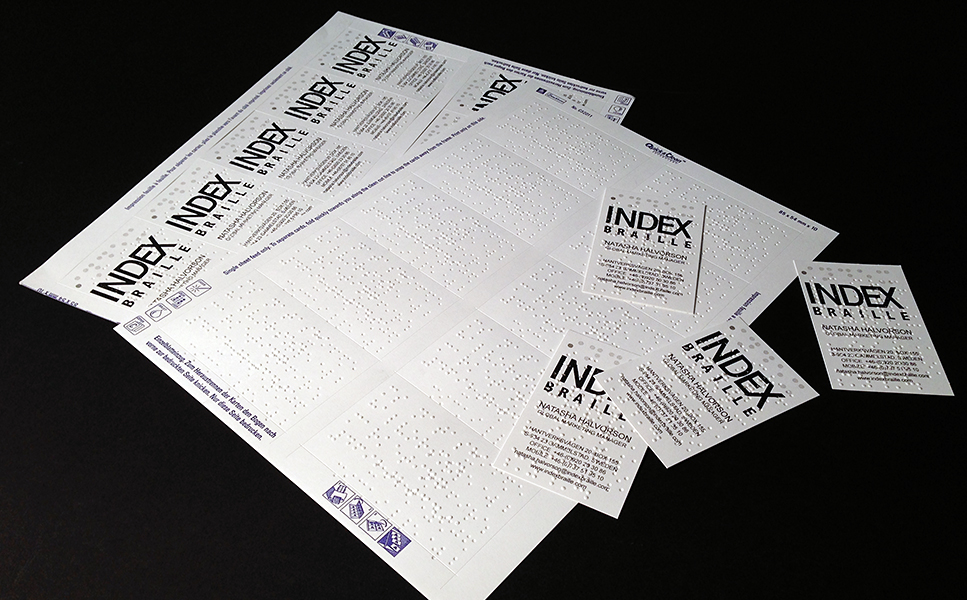Braille does matter
Imagine a group of sighted students in a learning setting. The teachers suddenly announce that students no longer need to learn how to read and write, but that they can watch TV or allow computers to do their work for them instead. This is not practical, and would never happen, no matter where the digital era may take us. The expectations for students to learn to read and write is no different for a sighted or blind person; it is fundamental to learn these stills in order to progress.
 The many accessible technology tools and devices available today seem to confuse some people in terms of what is still needed in order to exist in mainstream society. In order for an individual to enjoy intellectual freedom, personal security, independence and have equal opportunities to study and work, one must be literate. There is no substitute for the ability to read, and therefore no digital alternative can replace braille completely.
The many accessible technology tools and devices available today seem to confuse some people in terms of what is still needed in order to exist in mainstream society. In order for an individual to enjoy intellectual freedom, personal security, independence and have equal opportunities to study and work, one must be literate. There is no substitute for the ability to read, and therefore no digital alternative can replace braille completely. Everyone should learn to read and write. Several studies show that braille literacy is directly correlated with academic achievement and employment among the blind and visually impaired. Matter of fact this is especially true in comparison to those who otherwise rely on voice synthesizers.
Braille in Everyday Life
 A person who reads braille can roam independently among the community as braille increasingly is showing up everywhere. With the Convention on the Rights of Persons with Disabilities implemented in 2008, since then over 150 countries have signed the ratification. The declaration has introduced the recognition of persons with disabilities on an equal basis with others worldwide. Additionally, society is beginning to recognize the need to present equality for all citizens within its communities. Therefore public spaces continue to present tools and aids for all disabilities. For example you may see braille in many occupancies including elevators, airplanes, restaurants, bank notes, etc.
A person who reads braille can roam independently among the community as braille increasingly is showing up everywhere. With the Convention on the Rights of Persons with Disabilities implemented in 2008, since then over 150 countries have signed the ratification. The declaration has introduced the recognition of persons with disabilities on an equal basis with others worldwide. Additionally, society is beginning to recognize the need to present equality for all citizens within its communities. Therefore public spaces continue to present tools and aids for all disabilities. For example you may see braille in many occupancies including elevators, airplanes, restaurants, bank notes, etc.Braille is used in everyday communication and as a literate blind or visually impaired individual, independence is given. How will a blind person independently wonder in society without knowing braille? Blind individuals deserve this chance at equality, and this is something that braille provides. Speech feedback or other digital tools are no compensation for braille. Listening alone is not enough.
To read without braille, a person who is blind is entirely dependent on computers with voice synthesizers or audio recording, neither of which is useful in every circumstance. (CNIB) Braille brings site to the visually impaired and blind. Apart from braille books and documents, braille can be used for:
- braille labels for food, DVDs, medicine, household objects etc.
- receipts or bills
- pharmaceutical packaging
- taking and giving personal notes
- school assignments and studying
- menus
- braille games (board games)
The need for Teachers
Interested in receiving samples of braille from an Index Braille V4 embosser? Request a braille sample.








